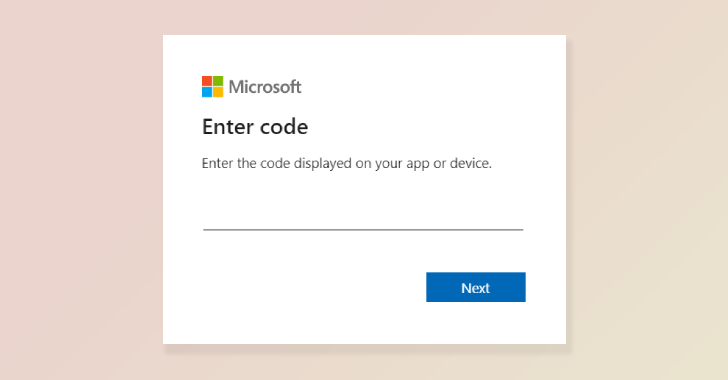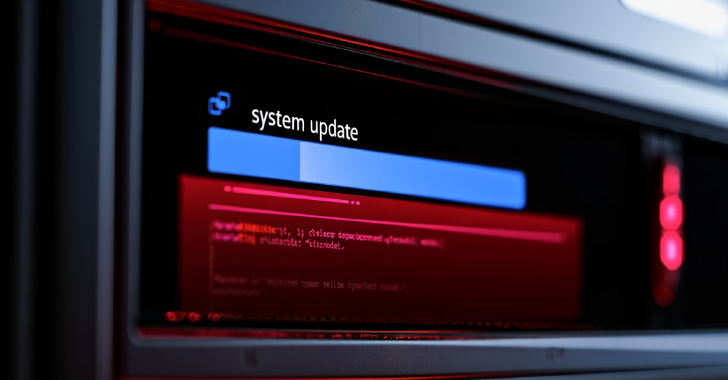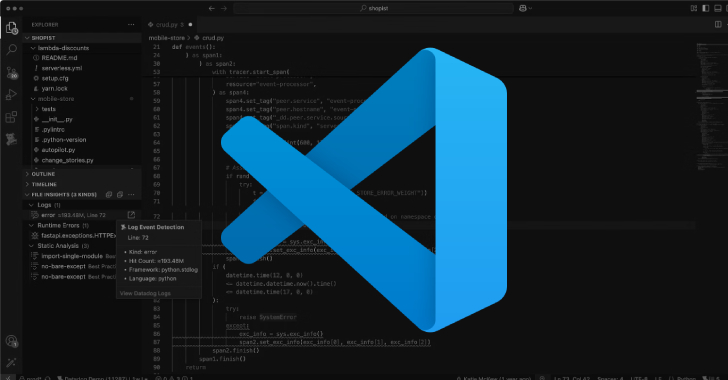Attackers Abuse Velociraptor Forensic Tool to Deploy Visual Studio Code for C2 Tunneling
Cybersecurity researchers have called attention to a cyber attack in which unknown threat actors deployed an open-source endpoint monitoring and digital forensic tool called Velociraptor, illustrating ongoing abuse of legitimate software for malicious purposes. “In this incident, the threat actor used the tool to download and execute Visual Studio Code with the likely intention of…
Read more










